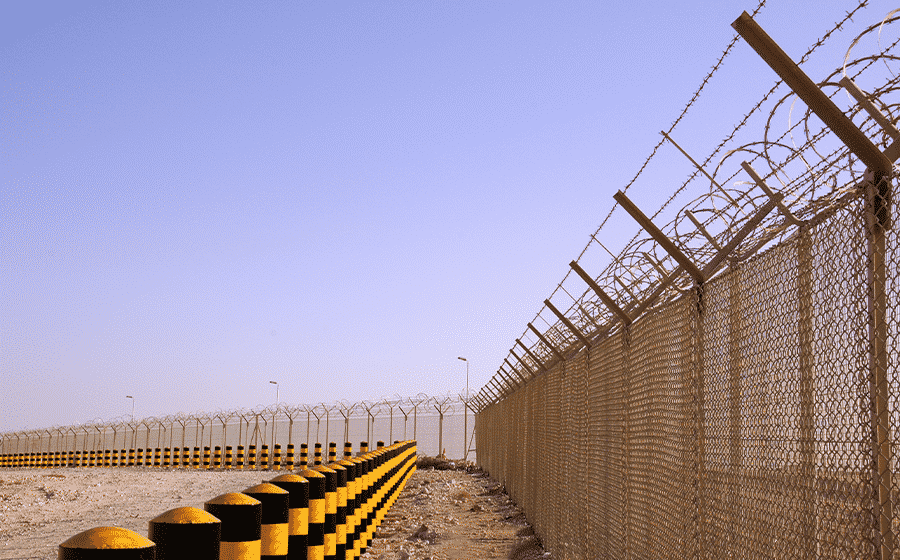Our sensors utilize two different types of measurement: Distance and Detection. Given the versatility of both measuring methods, there is essentially an endless amount of varying applications that could benefit from laser sensor integration. That said, both have their own strengths concerning different functions and targets/materials.
Distance or level measurement is commonly used for plant automation and process management. When operating in this mode, our sensors continuously measure the distance from their installation point to the determined material or target. An offset can be added to adjust the installation point to any value. Often, especially concerning automation practices, the sensors will function as the trigger to actions that need to start/stop when programmed thresholds are detected.
An easy application to imagine: A tank that should never fill above 75% capacity or empty below 25% capacity.
Integrating a laser sensor into a tank regulation system’s programmable logic controller (PLC) would make this easy. The sensor would tell the system to start emptying the tank once the 75% capacity mark is met, and then stop the emptying process once materials levels drop to 25% capacity.
We have an ongoing live demo that brings this concept to life. In our demo, two TruSense S300 series sensors detect water levels in two separate tanks. Based on our programmed level limits, the water continues to flow from tank to tank, without either ever getting too full or too empty.
This sensor function extends beyond plant processes. Continuous and accurate distance measurement can help improve all sorts of practical systems. See the Who Uses our Sensors section of this article for examples, including systems that help ensure safe docking for hazardous-materials shipments.
Our sensors can operate as detection triggers. When operating in this mode, our sensors continuously measure for beam interruptions. The distance covered, size thresholds for detection triggers, and resulting action(s) are all left up to integrators.
An easy application to imagine is: A perimeter of continuous infrared beams.
A) You integrate sensors into a security system that surrounds your facility. The sensors are programmed to respond to pre-determined criteria, such as a distance range set by the sensor. When an interruption by a human-sized target is detected, auditory alarms are triggered, lights begin to flash, and video recording systems begin gathering footage.

Laser sensors integrate into security systems
B) You integrate sensors into a worker-safety system that surrounds a potentially hazardous area within your industrial plant. The sensor-based detection system triggers an auditory alarm and halts the area’s processes anytime a worker is detected within your programmed danger zone.
These hypotheticals only scratch the surface of how our sensors can integrate into your application. Top-level integrators and engineers are highly encouraged to reach out to us. Discussing your application’s needs is the best place to start, and honest answers can always be expected from Laser Tech team members.
Visit our Laser Sensor FAQs page and read our previous entries in this LTI Laser Sensors Q & A series:
Keep an eye out for Parts 4 and 5 of the Q & A series:
Contact our experts today to see if a Laser Tech non-contact sensor is right for your application.
Contact Our Experts